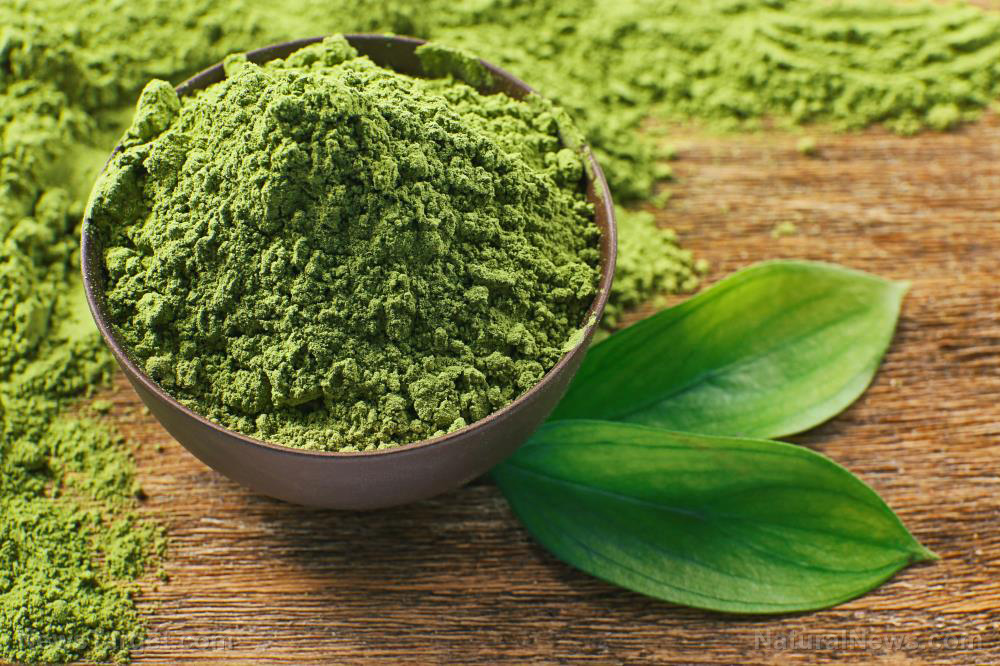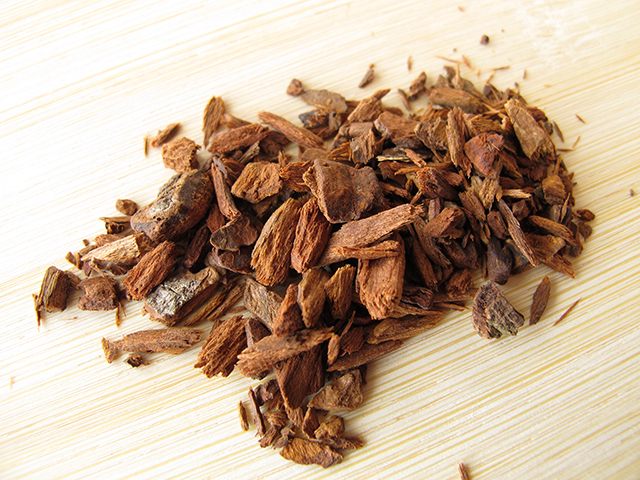Natural, soothing remedies: 4 Benefits of an Epsom salt foot bath
09/22/2020 / By Virgilio Marin

Epsom salt is a natural mineral compound known to relax the muscles and alleviate pain. It is named after a bitter saline spring at Epsom in Surrey, England.
Practitioners of integrative medicine incorporate Epsom salt in their medicinal arsenal for its physical and mental benefits. That’s because Epsom salt helps stabilize mood and relieves stress and anxiety. People have used it to treat a variety of ailments, such as for migraines; Epsom salt can relax the muscles surrounding the skull which can relieve headache.
Another of the uses of Epsom salt is in foot baths. Studies suggest that soaking the feet in an Epsom salt foot bath allows the skin to absorb magnesium. While research is still underway, some people also think that soaking the feet in an Epsom salt bath can help the body shed toxins and heavy metals.
Benefits of Epsom salt foot bath
Many people use Epsom salt as a pain remedy for sore foot muscles. But it has other benefits, too. Below are four more benefits of using Epsom salt in a foot bath:
1. Relieves inflammation
Epsom salt may boost the levels of magnesium in the body through skin absorption. In turn, magnesium has been found to be effective at reducing inflammation. This helps soothe pain and stiffness linked to conditions such as arthritis and gout.
Furthermore, reduced inflammation helps lower the risk of cardiovascular disease and inflammatory bowel syndrome.
2. Reduces symptoms of athlete’s foot
Athlete’s foot commonly occurs in sweaty feet that are often confined in ill-fitting shoes. It can also spread to the hands if you scratch or pick at the infected parts of your feet.
Though Epsom salt does not kill the fungus causing athlete’s foot, it can help draw the moisture out of the skin, making the environment inhospitable to fungi. This can reduce the symptoms of the condition, including scaly, itchy red rashes.
3. Softens skin
The skin naturally sloughs off dead skin cells to make room for new cells. But sometimes, dead cells are not shed completely, leading to dry, flaky patches and rough skin.
Exfoliating through an Epsom salt foot bath helps prevent this. Epsom salt can exfoliate dead skin on the feet through its crystallized compound structure. Skin exfoliation works by removing dead skin cells with a granular component, such as mineral crystals.
4. Treats smelly feet
Smelly feet are a year-round problem caused by sweating or wearing tight-fitting shoes for long periods of time.
You can get rid of smelly feet with various foot baths including an Epsom salt foot bath. Epsom salt helps keep the feet clean and eliminate bacteria that cause bad odor. It pulls moisture out of the skin, which inhibits the growth of bacteria. (Related: The remarkable health benefits of Epsom salt baths.)
How to make an Epsom salt foot bath
Here are the steps for making an Epsom salt foot bath:
- Fill a bathtub or a foot basin with warm water up to your ankle.
- Add 1/2 cup Epsom salt.
- Soak your feet for 30 to 60 minutes.
- For added aromatherapy benefit, you can include a few drops of diluted peppermint, eucalyptus or lavender essential oil.
Experts recommend doing an Epsom salt foot bath twice a week. However, make sure you moisturize your feet after a foot bath to prevent dry skin.
When exfoliating your feet, you may use a pumice stone or a foot sponge after soaking to help remove dead skin. You may also add a tablespoon of olive oil onto the pumice stone or sponge. Rub gently and moisturize afterward.
Learn more about the benefits of an Epsom salt foot bath at Remedies.news.
Sources include:
Tagged Under: alternative medicine, athlete's foot, epsom salt, Epsom salt foot bath, inflammation relief, Magnesium, natural cures, natural medicine, pain relief, remedies, skin health, smelly feet
RECENT NEWS & ARTICLES
COPYRIGHT © 2017 NATUROPATHY NEWS



















